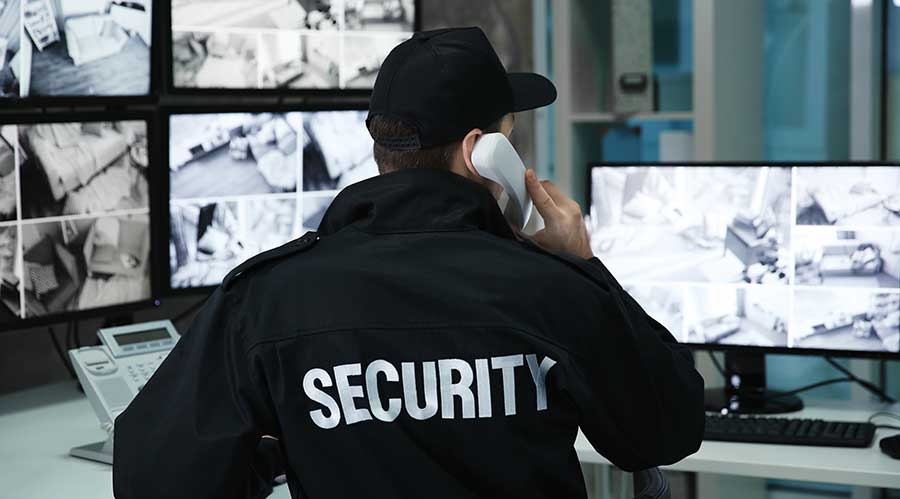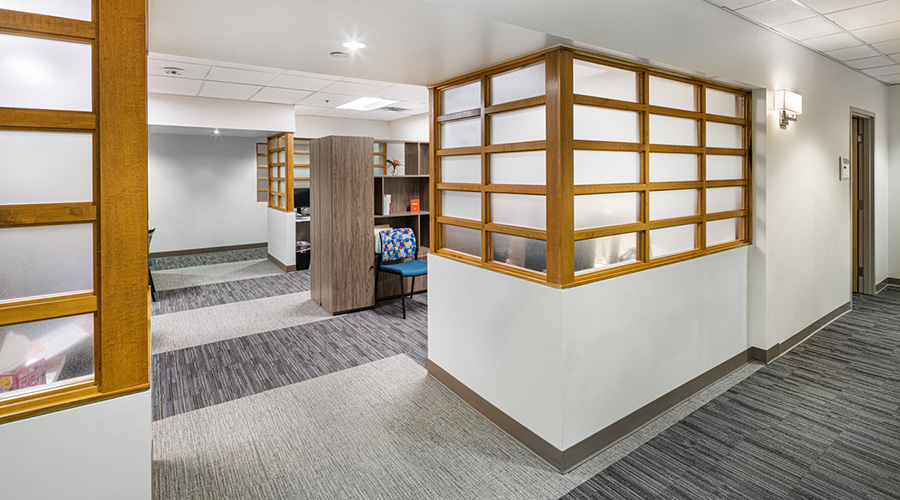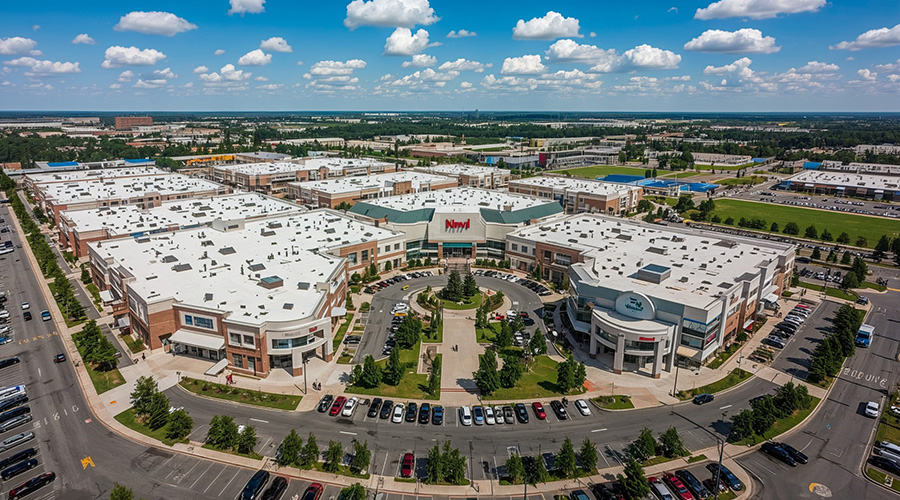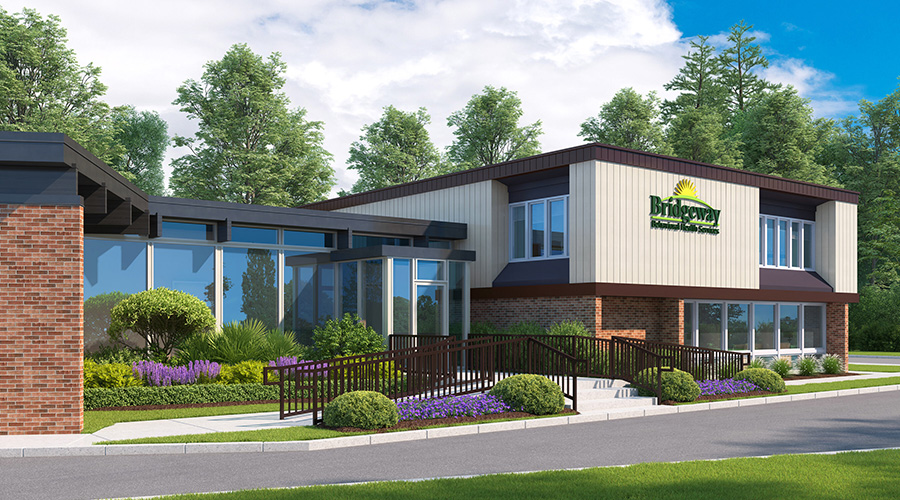The last three years have been a struggle for hospitals and other healthcare facilities. The COVID-19 pandemic has changed nearly every aspect of hospital operations, from air filtration and ventilation practices to personal protection equipment use to infection control.
One aspect of healthcare facilities that has been deeply impacted is security. The increased scrutiny of security in and around facilities has meant heightened understanding of the role facilities — and facility managers — play in protecting staff, patients and visitors.
"My experience has been that the facility managers in hospitals probably understand the functionality of the facilities from the standpoint of how they're supposed to operate,” says Douglas King, national healthcare sector lead with Project Management Advisors. “When we’re talking about security devices, about the air systems and electrical systems, I give credit to the facility managers for having the deepest understanding of the holistic nature of how those operate.”
This knowledge of facilities and systems is proving crucial for healthcare organizations looking to make their facilities more secure.
"Our facilities managers and leaders and the cascade of teams that support them are critical in the environment of care, the environment of safety,” says Alison Flynn Gaffney, president of the healthcare division of JLL. “They have a frontline view of many of the brick-and-mortar solutions, as well as external to all of the building assets.”
Violence on the rise
One of the more troubling security challenges to emerge during the pandemic is the rise in threats to the security and safety of medical staff, support staff, patients and visitors. The issue has prompted many managers to revisit the entire range of security-related components and processes in their buildings.
“All of our hospitals and clinics are really focused on this,” Gaffney says. “Press Ganey came out with a report that on average, two nurses an hour have some type of interaction or assault. You can't ignore that.
”Facilities managers need to look at the thoroughfares, the lighting, partnering with security and safety and emergency management professionals to make sure buildings, as well as the outside of buildings, parking garages and all the other things that a system might have as part of their access points for patients, visitors and teams, that they're safe as possible.”
Among the most critical security components in many healthcare facilities are entry points, which have seen dramatic changes, initially to enable staff and visitor screening for COVID-19 and longer-term to improve security.
"Probably the major adjustments that have been made have been in analyzing the entry points to a hospital and understanding how they can be either shut down or have a portal system where people can be screened,” says King, who is involved in planning the emergency preparedness components for a new hospital in Canada.
"We actually designed the entries for both normal operations and operations if we had some sort of pandemic or emergency situation,” he says. “That's something that probably would not have been done 10 years ago, even 15 years ago. But now it’s the normal course of business. We're probably going to have another pandemic, so we need to design these so that we have the ability to provide security and also for clearance of people to check them out.”
In a way, the COVID-19 pandemic has actually helped some managers in their security efforts by limiting the number of entry points.
"I had a previous employer with 50-60 doors in and out of one main building, and when the pandemic happened, we were able to consolidate that to five,” Gaffney says. “Since the pandemic, that is largely the same because of ease of convenience. To not have those access points as a concern or as a risk was extremely helpful in managing visitors, patients and team members.”
Strategies and components
Rethinking the security of healthcare facilities does not start at the front door. It starts farther away.
"The first order of business is to make sure there is integrity with the five levels of perimeter in a healthcare facility,” King says. “The first level is the perimeter of the property itself. You would be surprised how many facilities have an incredibly porous perimeter. The second layer is the actual building perimeter itself. The third level involves segregating high-risk areas, such as ICUs and ERs. The fourth level involves identifying the public vs. private spaces and having separate areas where the public can gravitate. Lastly, deal with specific spaces that have high-hazard issues.”
This broadened review of security should include an often-overlooked system – exterior lighting.
“I've had a couple of projects where we definitely upped the level of lighting because with lighting, you also take into account video surveillance,” King says. “Certain color renderings of light play better under video surveillance scenarios, so when looking at the lighting and the lighting systems, there needs to be interplay with the security consultant or vendor. We want to optimize the ability to maintain that visual contact across property.”
Managers also would be wise to review their facilities’ use of signage — both for wayfinding and safety — and its role in ensuring visitors can reach their destinations quickly and safely.
“Folks can get pretty easily confused when there's a plethora of signs pointing in multiple directions,” King says. “There needs to be a hierarchy in that signage. When someone is entering the building, they should be able to see the direction they need to go.
Gaffney says signage also can play an important role in informing visitors about the safety of the facilities they’re entering.
“Many top healthcare organizations around the country have implemented signage and mission statements regarding safety and security and have a zero-tolerance about that right at the front doors, right at the access point,” she says. “We want our patients, our teams to have the same experience, whether it be through a virtual front door or through a physical front door, and safety is key to that.”
For managers looking for guidance on enhancing the security of their facilities, King recommends Security Design Guidelines for Healthcare Facilities from the International Association for Healthcare Security and Safety.
“The document goes in-depth on the importance of security vulnerability assessments, and that's where facility managers or facility directors are most valuable because they're the ones who have to not only help develop these assessments,” he says. “They also have to abide by it and react to it in real time when events occur.”
In on the ground floor
Even as the COVID-19 pandemic plays out, healthcare organizations will face other crises and emergencies. Given this inevitable need for enhanced security, Gaffney says organizations can benefit from including facility managers in security conversations, including those taking place in the earliest stages of a facility.
"It's critical to involve your facilities teams in the preplanning, design and construction, and that's an opportunity not every organization perhaps considers,” she says. “Use your subject matter experts to help plan and build and design and construct your facilities, versus having to go back after the facility is built and retrofit for more security or safety components.
“Facilities managers right are a frontline of defense for safety. They know your square footage better than anyone else. Including these individuals on safety and security teams and your emergency management team and incorporating the voice of the clinician and the non-clinical teams is a roadmap for success and a safer environment.”
Dan Hounsell is senior editor of the facilities market. He has more than 30 years of experience writing about facilities maintenance, engineering and management.

 Joint Commission Standards: What Updates Matter Most?
Joint Commission Standards: What Updates Matter Most? Swinerton Completes Construction at Atlanta's Grady Hospital
Swinerton Completes Construction at Atlanta's Grady Hospital NY Governor Hochul Announces $300M in Funds for IT and Cybersecurity
NY Governor Hochul Announces $300M in Funds for IT and Cybersecurity Healthcare Is the New Retail
Healthcare Is the New Retail Bridgeway Behavioral Health Services Launches Campaign to Renovate Health Center
Bridgeway Behavioral Health Services Launches Campaign to Renovate Health Center